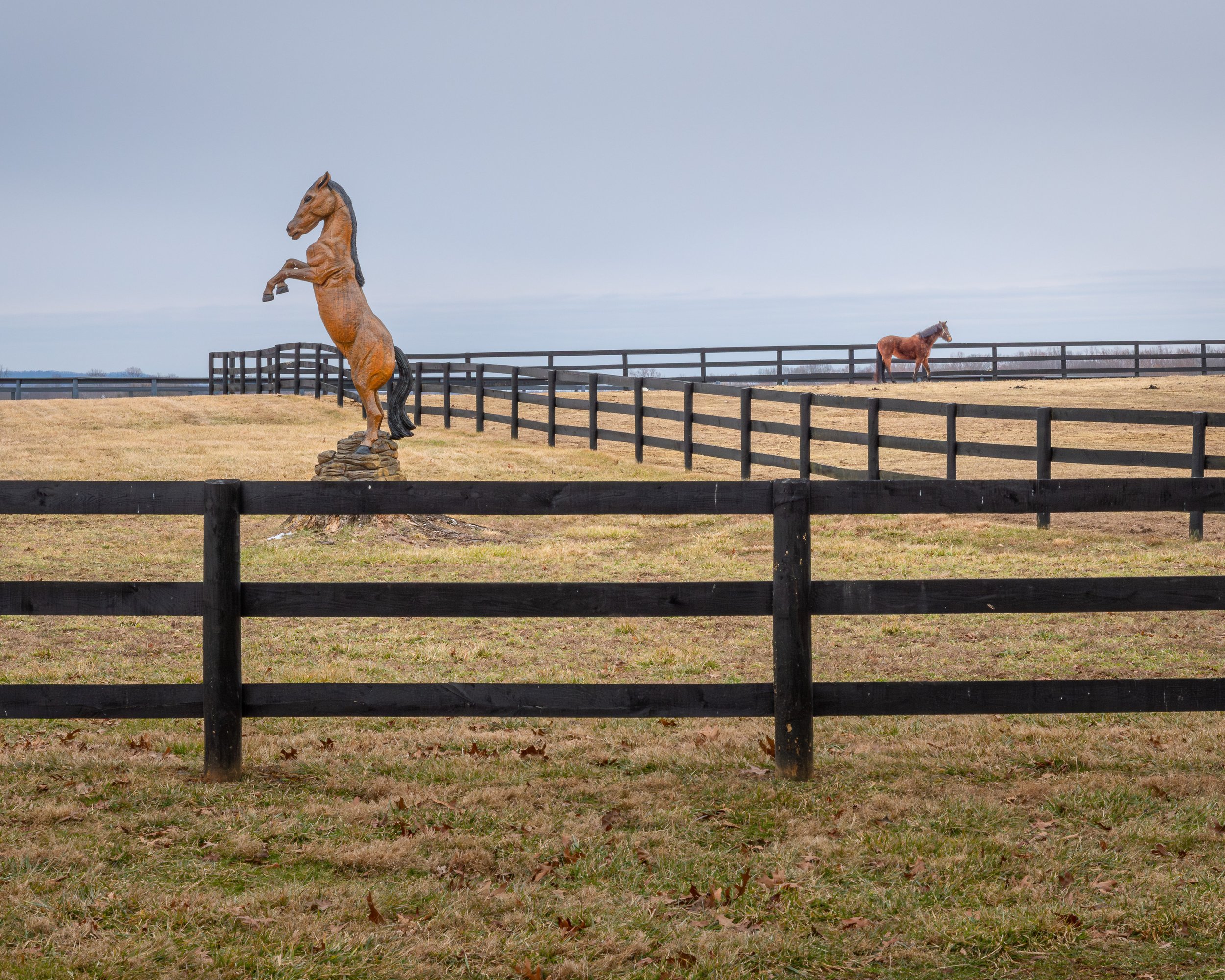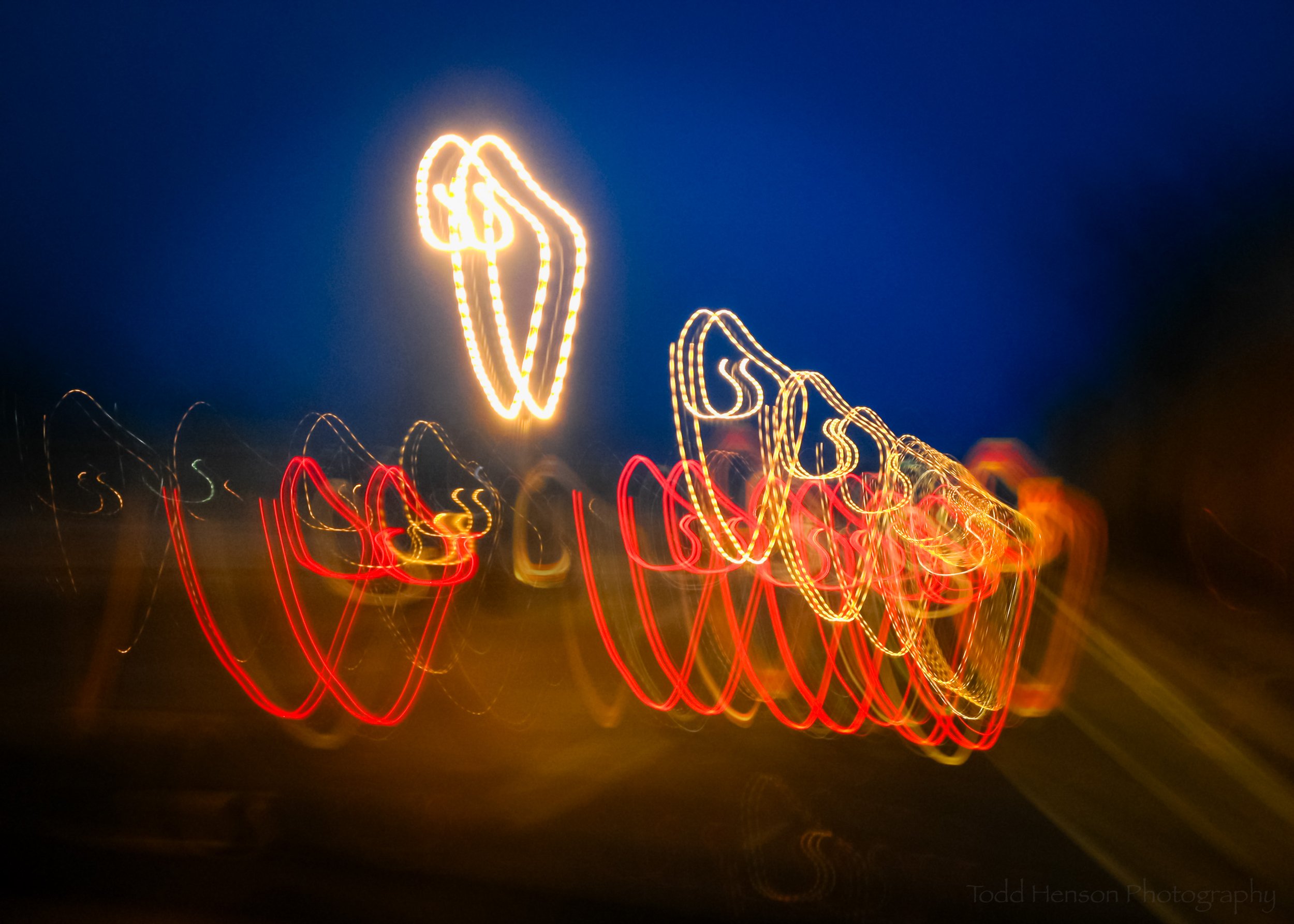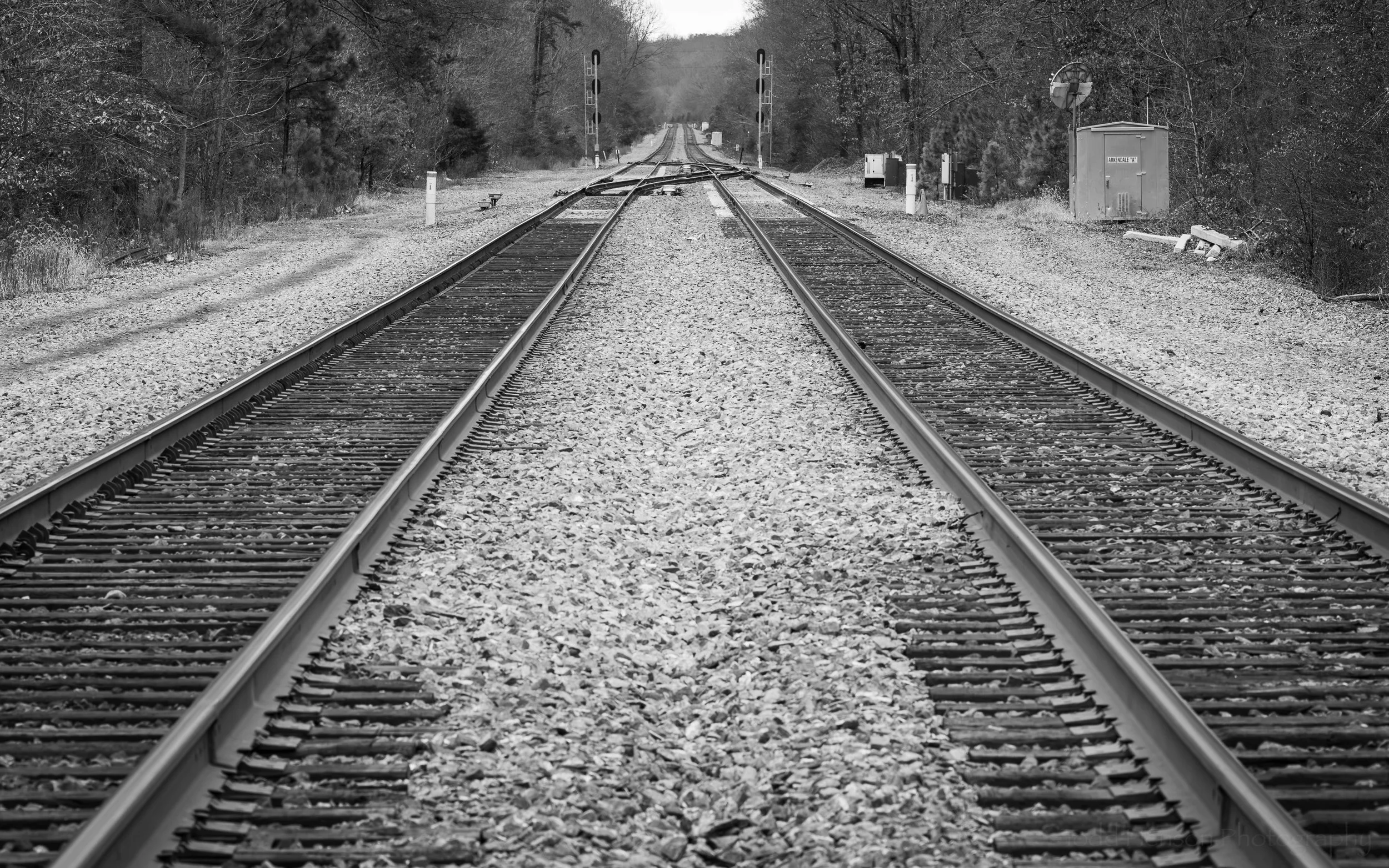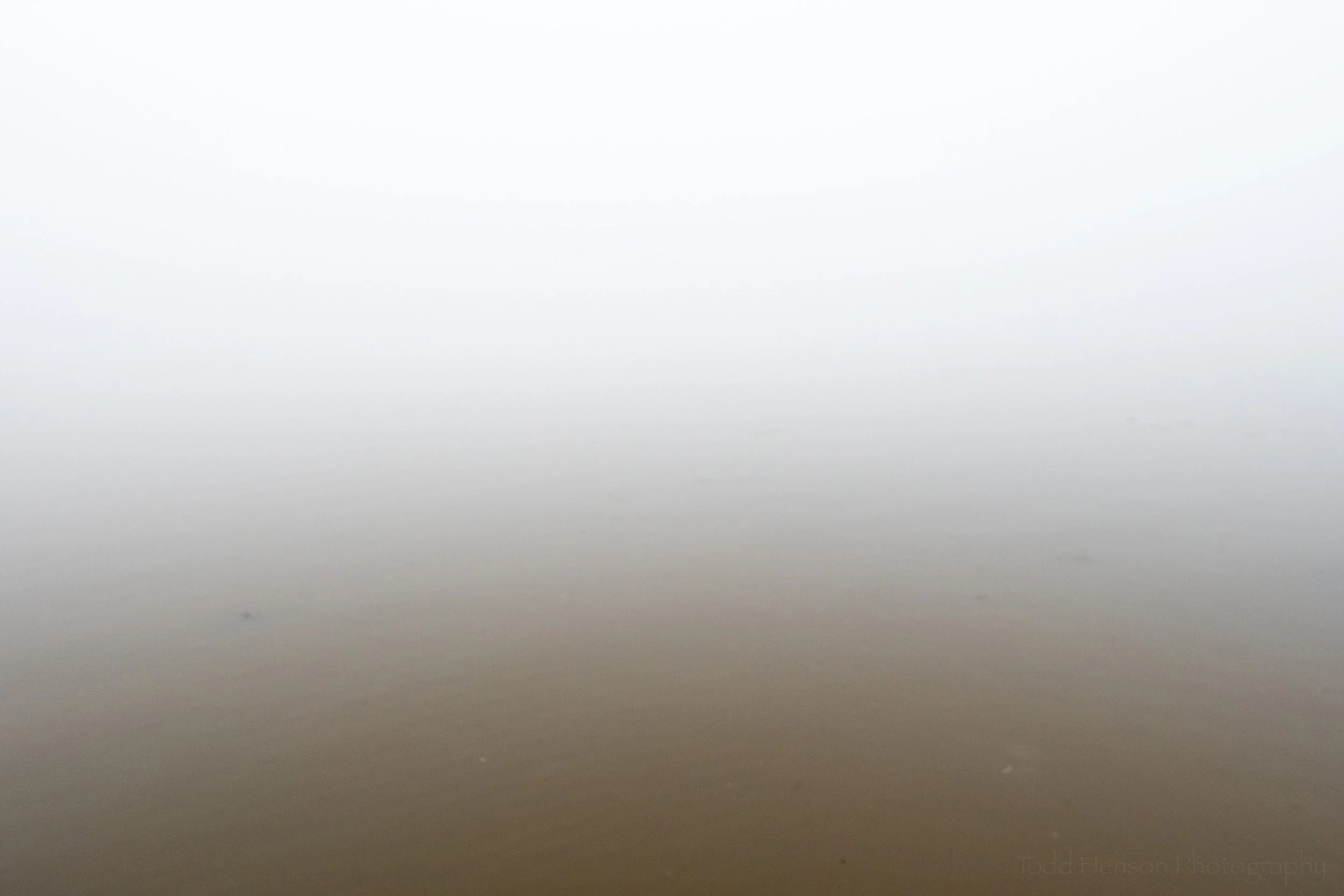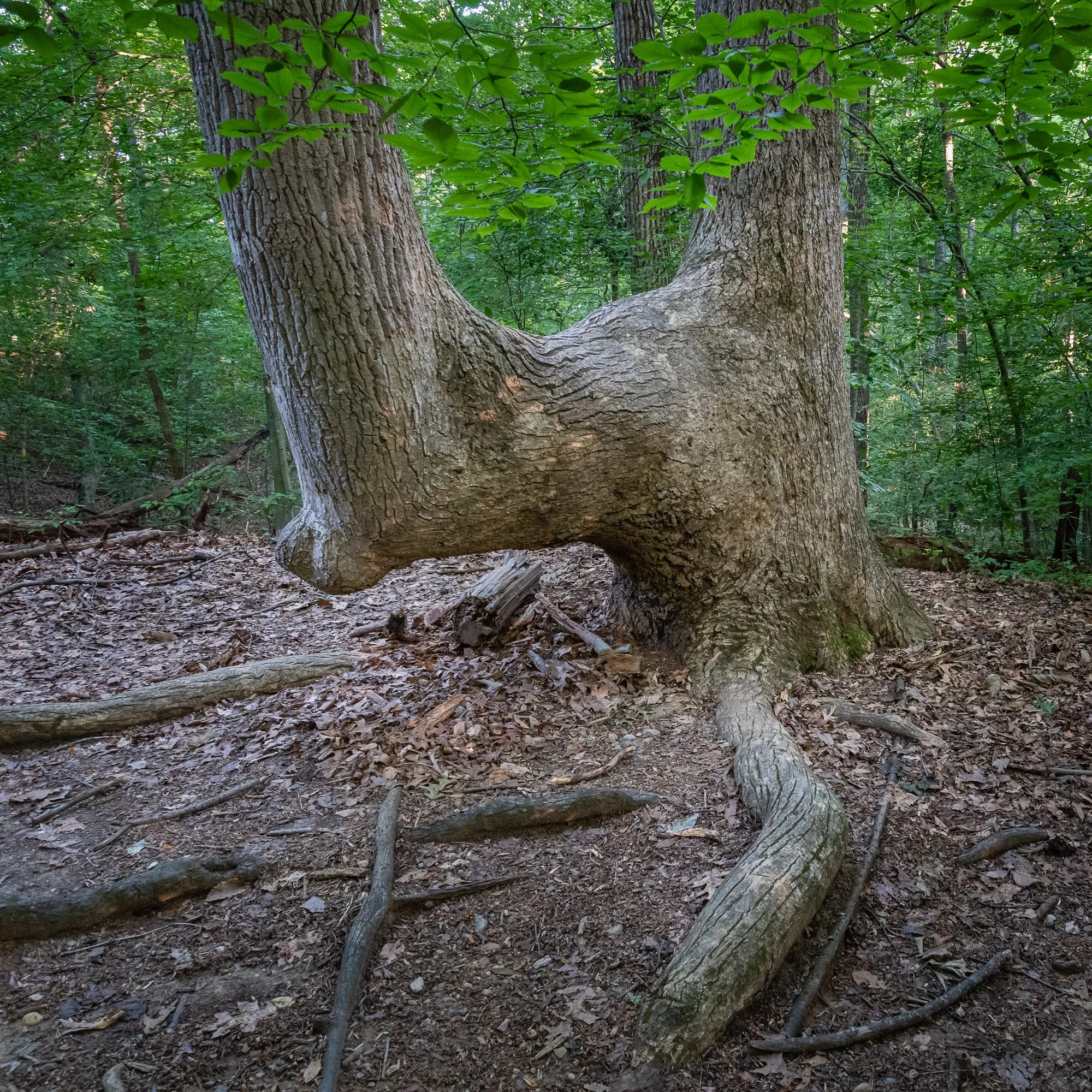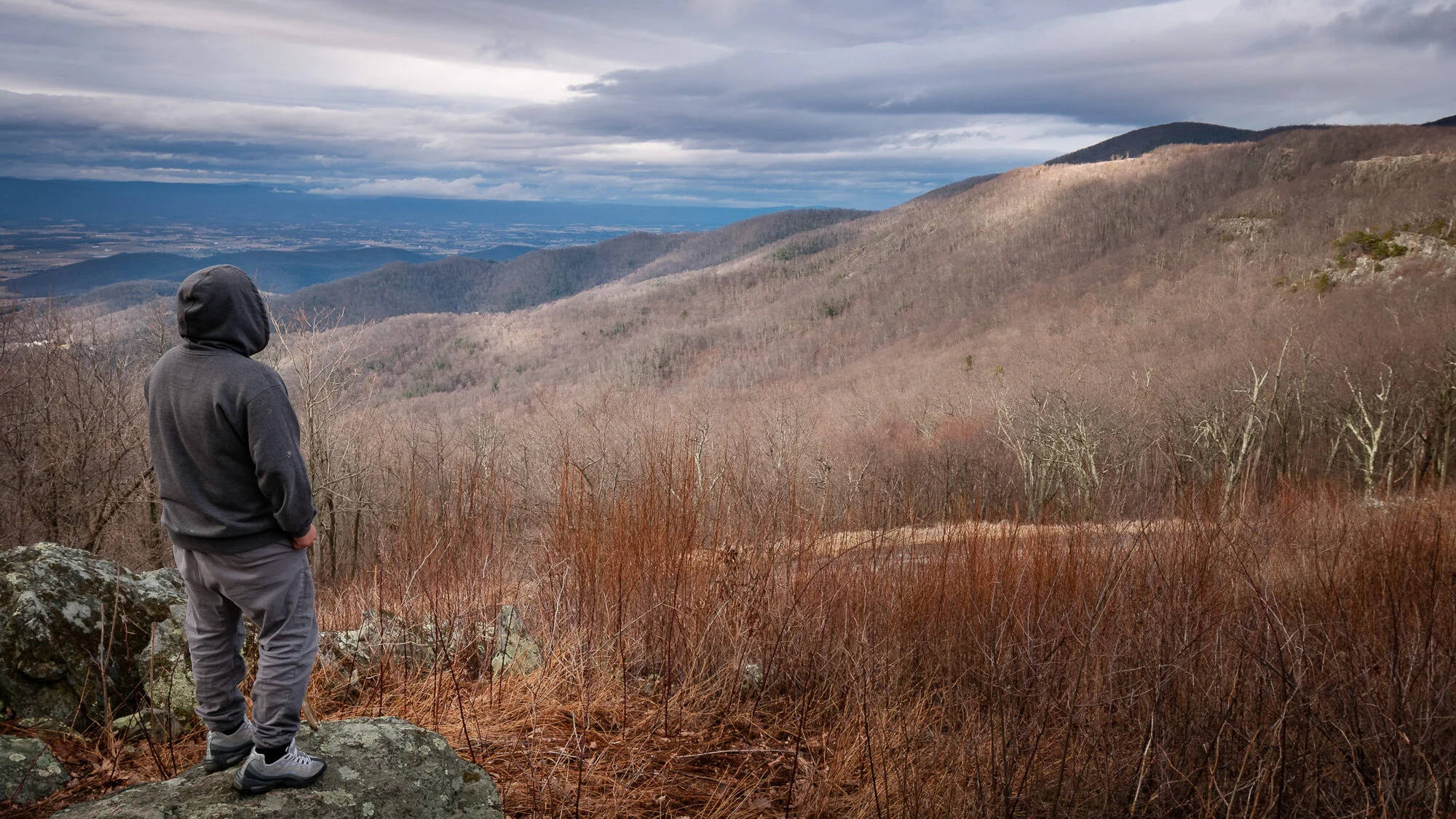I’ve mentioned before how I have multiple purposes when out photographing wildlife. I have always been interested in wildlife and love learning about all the different species out there in the world. I also have an artistic side that loves creating beautiful photographs of interesting subjects.
Wildlife Photography as Education
I love wildlife. I would go hiking in search of wildlife even if I weren’t a photographer. I collect field guides and books about nature and wildlife of all kinds. So from this perspective photography is a means to an end, allowing me to better appreciate and study wildlife.
My first priority when photographing from this perspective is capturing images that are clear enough to identify the species. To do this I make a conscious effort to photograph as many different views of the species as I can. Sometimes two bird species will look almost exactly the same save for one small area on their body. If you don’t photograph that part of their body you may not be able to tell which species you just photographed.
Artistic? No, but together these photos allowed me to identify this as a Striped Skunk.
Photographing different parts of an animal can help with identification, as it did with this Striped Skunk.
There is nothing artistic about this photo of a Pileated Woodpecker, but it is good enough to identify the species.
When photographing for education I often create what would be considered bad photographs from an artistic perspective. They are cluttered or blurry, the subject is too far away, or turned in an unflattering direction. You can see some of these in my Field Notes sections. But I consider them good photographs if they identify a species or show an interesting behavior. There is value in this, at least to me.
Wildlife Photography as Art
I also love photography as an art form. I enjoy trying to create pleasing, artistic photographs, images that show emotion or have a message, even if it might be interpreted completely differently by different viewers.
Photographing wildlife from this perspective entails a slight shift in priorities. I no longer worry quite so much about photographing the animal from all the different perspectives. I’m now far more aware of the environment, of the background. A good background can make a shot, a bad background can kill it.
A portrait of an Eastern Cottontail Rabbit
Most of my photography in this category might be considered animal portraiture. I zoom in on the animal, trying to keep the background to a minimum. I most often choose lenses and settings that allow me to blur the background, drawing attention to the subject. This often requires long telephoto lenses and larger apertures, as well as finding locations where the subject is at a great enough distance from the background to allow a pleasant blur, perhaps completely obscuring the background.
A Yellow-rumped Warbler preparing to fly. I deliberately positioned myself to take advantage of the out of focus green background.
A cloud sheltered this Eastern Bluebird from the sun, yet its light illuminated the autumn colors in the background.
But it’s also possible to create environmental portraits, or even landscapes with wildlife, photographs that show the animal in its environment. The animal is still a subject of the photograph, but no longer the only subject. The environment, itself, becomes a subject, showing where the animal lives, hunts, eats, nests. These can often be wide, sweeping landscape images that showcase a species as part of the landscape. I don’t often shoot these but I do have a great desire to try more of them.
So Which Is It?
I enjoy photographing wildlife as part of furthering my or others education. I enjoy photographing wildlife in an artistic manner. These perspectives sometimes require different tactics. So which do I choose when going out shooting? Which takes priority?
Honestly, I don’t put a lot of thought into it while in the field. I think both are worthwhile perspectives, shooting wildlife photography as a means of education or as a form of art. And thankfully I don’t have to choose one or the other. I can pursue both.
If I find a species that is new to me I will naturally try to create as many photographs of it as possible. I want to be able to successfully identify it, and I’m naturally interested in animal behavior, so I try to capture that. I also am always looking for pleasing backgrounds, interesting compositions. But in the case of a new species I do tend more towards the photography as education perspective.
If I’m photographing a species I’ve photographed many times before I know I don’t need extra images to help identify it, so my focus is on creating the most pleasing image I can. I might skip some potential images in pursuit of something more interesting, something where the light hits the animal just so, or the animal’s position lines up perfectly with some element of the scene. Without putting much conscious thought into it I jump right into the artistic perspective.
These perspectives remind me of a recent conversation with a friend, talking about birding and photography. Some birders develop an interest in photography through their existing interest in birding. And some photographers develop an interest in birding through their photography. There is enough overlap between the two to draw some people to both.
What about you? Do you prefer one or the other, or do you also enjoy both perspectives? Or do you, perhaps, have another goal separate from these two?
Do you enjoy these posts?
Sign up to receive periodic emails with updates and thoughts. Don’t worry, I won’t spam you. And please consider purchasing artwork or products from my online store, and using my affiliate links in the sidebar to the right when shopping online.
I appreciate your support!
